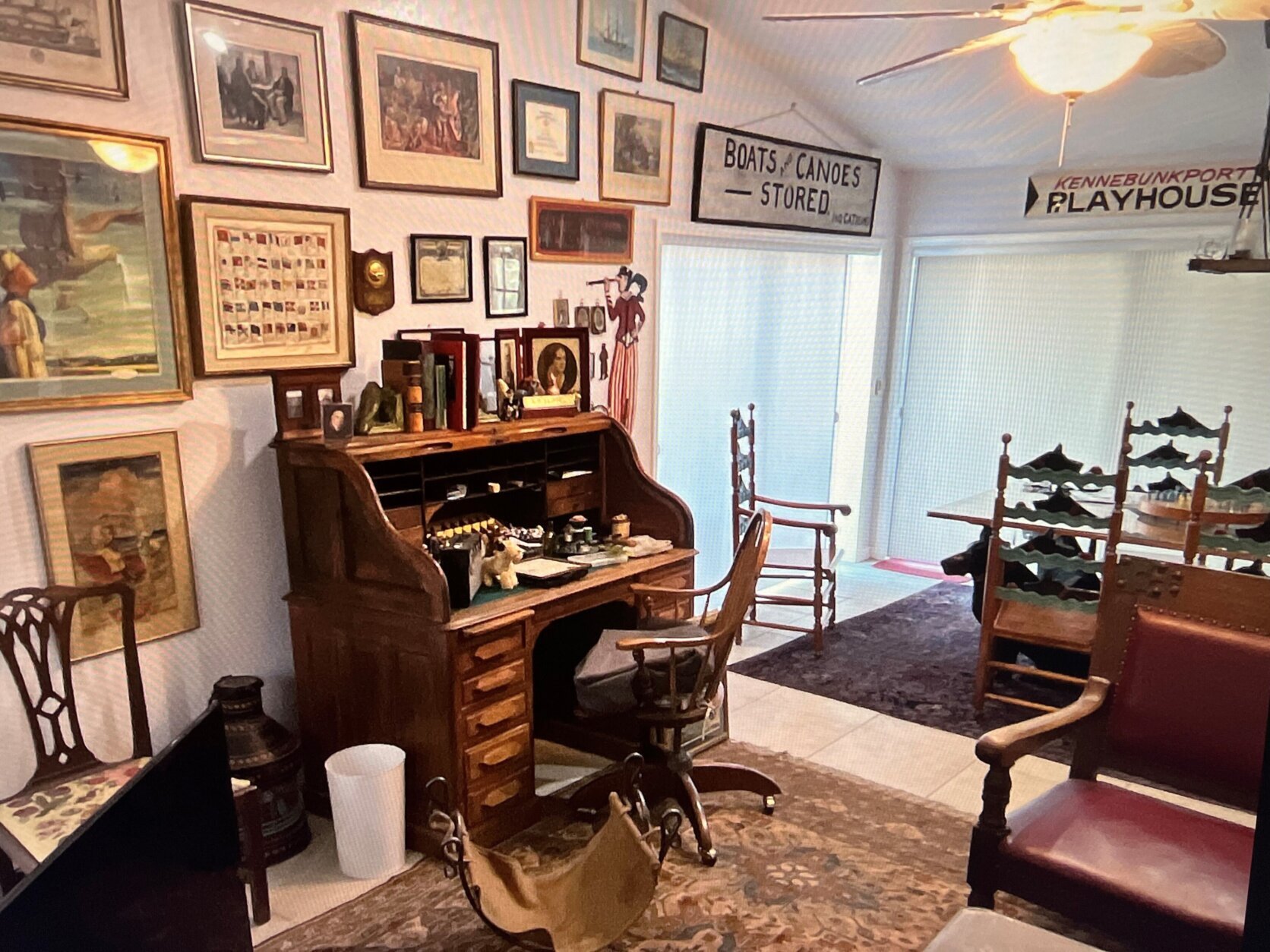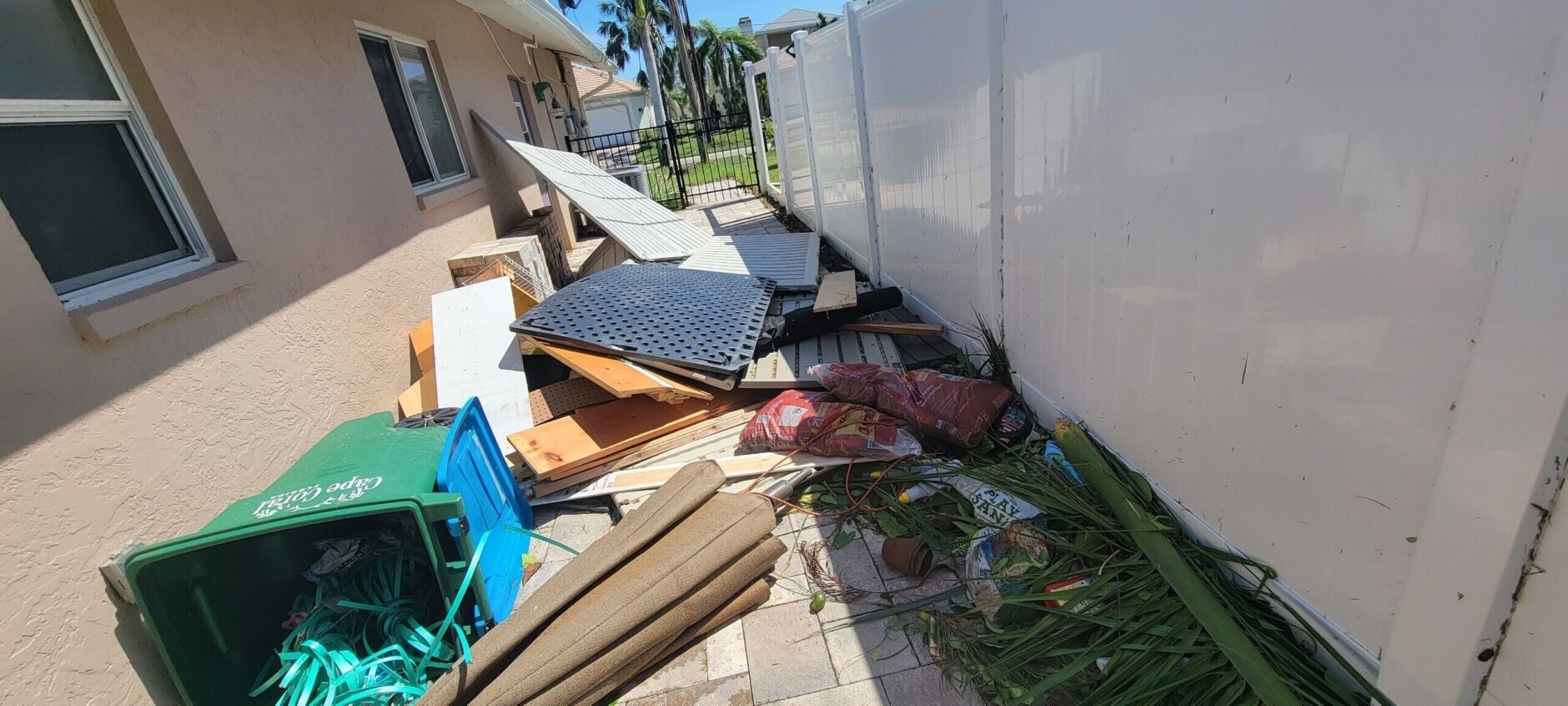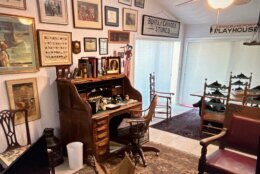





If your home catches fire or extreme weather strikes, the items you own will need to be replaced. Take it from someone who has personal experience recovering from a disaster — doing that will be easier if everything’s well documented.
“I never thought it would happen to me. And it did,” said Will Seippel, the founder and CEO of WorthPoint Corporation. WorthPoint provides information about art, antiques and collectibles and what Seippel calls: “The catalog of the internet of stuff.”
Seippel’s home and belongings in Cape Coral, were damaged when Hurricane Ian landed there in September.
“You don’t realize how much it costs to replace just your clothes or how much it costs to go out and buy a kitchen table,” he said. “You need to sit back and think about the value of everything you have in your house collectively, which is a huge issue. I mean, it’s a big number, if you look at what it would cost to replace everything quickly in your house.”
He said it’s also important to understand your insurance policy and what’s covered.
“Discuss what’s in your house with your agent. And make sure that the type of things that are covered in the policy that you get as a blanket policy, are the types of things you have in your house,” he advised.
Ask whether specific items are covered and whether items such as jewelry, for example, should be “scheduled,” which means having them added and listed line by line.
Seippel gives as an example a friend who had very broad theft coverage, but his wife’s earrings weren’t covered because the home’s jewelry wasn’t individually scheduled.
“I would also advise you to read your own policy, something we hate to do, but it’s important when you need it,” he said.
Hurricane Ian left the contents of Seippel’s home waterlogged. The storm damaged hundreds of collectibles, art and other possessions.
“I’m glad I had a photo of them and description in ‘The Vault’ as concrete evidence for the insurance,” Seippel said. He’s currently beta testing The Vault to offer subscribers a way to catalog items and track their value over time.
Tips from Seippel for how to document what’s in your home:
- Do a walk-through. Create an inventory of possessions. Go through every closet, drawer, shed and garage. List each item, including clothing, accessories, electronics, appliances, furniture, decorations, linens, artwork, hobby items, collectibles and heirlooms.
- Record a video. Walk through your home recording video of everything as further proof of ownership and its condition.
- Take photos and add notes. Once your list is made, go back over the items, take a picture of each article or group of objects, and any relevant notes, including make, model, serial number and dollar value if you know it. List the store and year purchased.
- Gather your documents. For larger purchases such as furniture, appliances, jewelry, art and collectibles, scan the documents and save them to a specific folder on your computer.
- Compare your list to your current insurance policy and work with your agent to make sure you have the type of insurance and enough coverage for what you own in the event of a disaster.
- Keep the inventory updated. As you acquire new possessions, be sure to update your records.
For people who are skeptical about needed to take such precautions, Seippel said think again.
“Take the time for it because when it does happen to you it’s a real mess,” Seippel said.








